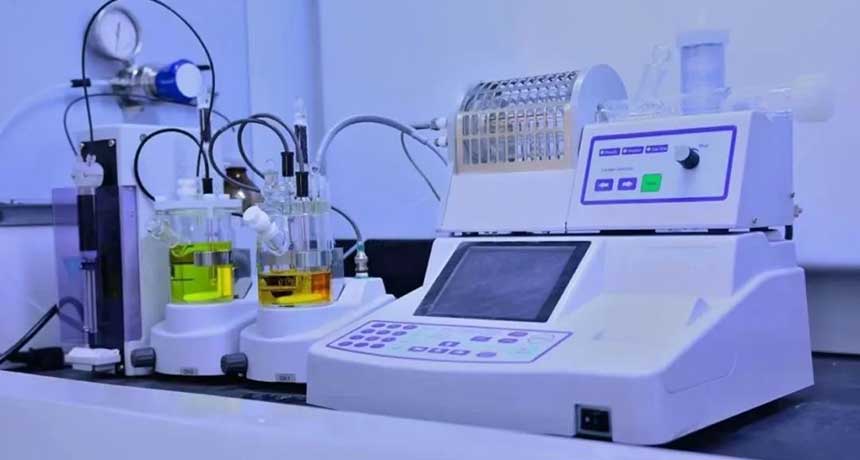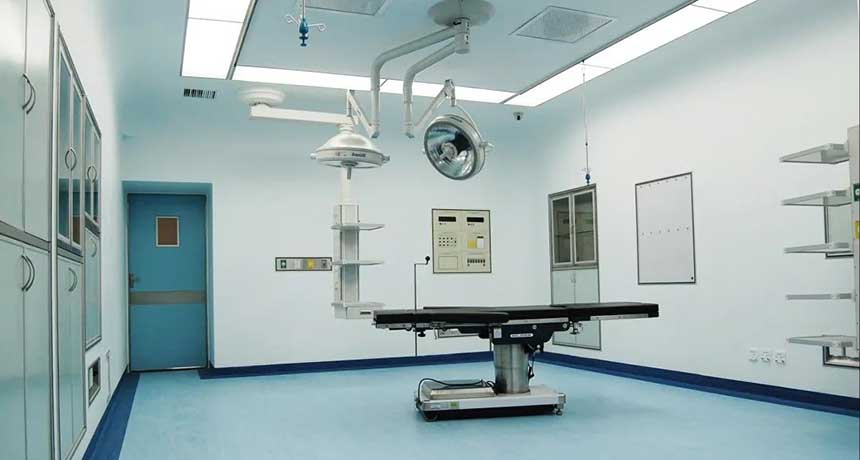With the continuous advancement of medical technology, ultrasound technology plays an increasingly important role in the field of medical imaging. Different types of ultrasound machines have differences in imaging principles, application ranges, and performance. Therefore, a comprehensive comparison of the advantages and disadvantages of various types of ultrasound machines is of great significance for medical workers and patients to choose the appropriate ultrasound machine.
1. Black and white ultrasound machine
Development history: The black-and-white ultrasound machine was one of the earliest ultrasound machines used clinically. It was initially mainly used to examine the morphological structure and lesions of organs, and later gradually developed more functions and applications.
1956: The application of ultrasound in medical imaging begins to sprout. American doctor Douglas Howry first applied ultrasound to imaging research inside the human body.
1958: Dutch doctor Ian Donald and engineer Tom Brown successfully detected a fetus in human pregnancy using ultrasound technology for the first time, marking the first successful application of ultrasound technology in the field of medical diagnosis.
1960s: With the continuous advancement of ultrasound technology, the medical community began to try to apply it to clinical diagnosis. Black-and-white ultrasound machines gradually developed. Although the initial image quality was low, they were able to display the outlines of organs and tissues and became one of the important tools for medical diagnosis.
1970s: With the development of computer technology, black-and-white ultrasound machines began to introduce digital processing technology, and image quality and resolution were improved.
1980s: The image quality and imaging speed of black-and-white ultrasound machines are further improved, becoming one of the main tools for clinical diagnosis. Its application in obstetrics, hepatobiliary, urology, heart and other fields has been widely promoted, providing important support for medical diagnosis and treatment.
1990s: With the continuous advancement of computer technology and ultrasound probe technology, the image quality of black and white ultrasound machines has been further improved, and the resolution and clarity have been significantly improved.
21st century: With the widespread application of digital imaging technology, black-and-white ultrasound machines continue to become popular and become standard equipment in medical institutions at all levels. Its price is relatively low, easy to operate, and suitable for various medical environments.
Development in recent years: The functions of black-and-white ultrasound machines have been continuously enriched. The new probe design makes the imaging clearer. At the same time, the application of automation and intelligent technology makes the operation easier, providing doctors with more accurate and convenient diagnostic methods.
Advantage:
Low cost: Compared with color ultrasound machines, black-and-white ultrasound machines are cheaper and more suitable for use in some primary medical institutions and individual clinics.
Clear imaging: The black and white ultrasound machine performs excellently in imaging clarity and can clearly display the structure of organs and tissues.
Disadvantages:
Lack of blood flow information: Black-and-white ultrasound machines cannot provide Doppler information such as blood flow speed and direction, which limits its application in cardiovascular and other fields.
2. Doppler ultrasound machine
Development history: Doppler ultrasound technology is developed on the basis of black-and-white ultrasound technology. It is mainly used to detect blood flow speed and direction, and is gradually used in cardiovascular, blood vessel and other fields.
1960s: The Doppler effect is used in the study of ultrasound medical imaging. Researchers have begun to explore how to use the Doppler effect to detect the speed and direction of human blood flow, providing a new way to diagnose cardiovascular diseases and other diseases.
1970s: The first Doppler ultrasound imaging system is introduced and begins to be used in clinical practice. However, the initial Doppler ultrasound technology was limited by factors such as high equipment cost and poor image quality, and its application scope was limited.
1980s: With the development of digital signal processing technology, Doppler ultrasound technology has been greatly improved. The imaging speed is increased, the image quality is significantly improved, and the measurement accuracy of blood flow velocity is also improved.
1990s: The application of Doppler ultrasound technology in the cardiovascular field gradually became popular and became an important method for the diagnosis of heart and blood vessel diseases. At the same time, Doppler ultrasound technology began to be widely used in other fields, such as obstetrics and neurology.
Early 21st century: With the continuous development of computer technology, the functions of Doppler ultrasound machines have been continuously improved, and the imaging quality and speed have been further improved. At the same time, the size and price of equipment are gradually becoming more rational, making its popularity in medical institutions increasingly deepened.
Development in recent years: The development of Doppler ultrasound technology is still in progress. New probe design, the application of intelligent technology and the addition of artificial intelligence have enabled Doppler ultrasound machines to continue to improve in terms of imaging quality, ease of operation, etc., providing Medical diagnosis provides more reliable and accurate means.
Advantage:
Rich blood flow information: Doppler ultrasound machines can provide blood flow information such as blood flow speed and direction, which is beneficial to the diagnosis and treatment of cardiovascular diseases.
High accuracy: The Doppler ultrasound machine has high accuracy in measuring blood flow velocity and can provide reliable diagnostic basis.
Disadvantages:
Average imaging quality: Compared with black and white ultrasound machines, Doppler ultrasound machines are slightly inferior in imaging quality and cannot clearly display tissue structures.
3. Color ultrasound machine
Development history: Color ultrasound technology is developed based on black-and-white ultrasound technology and Doppler ultrasound technology, and can display tissue structure and blood flow information at the same time.
1970s: Ultrasound technology began to be widely used in the field of medical imaging. Researchers tried to introduce color technology into ultrasound imaging to improve the information content and quality of the image.
1980s: With the development of computer technology, color ultrasound technology gradually matures. The advent of the first color ultrasound imaging system, which can simultaneously display tissue structure and blood flow information, greatly improves the accuracy and reliability of medical diagnosis.
1990s: The image quality and resolution of color ultrasound machines continue to improve, and imaging speed and stability are also improved. Its application in the fields of heart, blood vessels, obstetrics and other fields has gradually become popular, and it has become one of the important tools in medical imaging.
2000s: With the advancement of digital imaging technology and probe technology, the imaging effect of color ultrasound machines has been further optimized. At the same time, the size and price of the equipment have gradually become more rational, making it widely used in medical institutions at all levels.
2010s: With the development of artificial intelligence technology, color ultrasound machines began to introduce intelligent functions, such as automatic identification and location of lesion areas, auxiliary diagnosis, etc., further improving the accuracy and efficiency of medical diagnosis.
Development in recent years: The development of color ultrasound technology is still in progress. New probe designs, the application of intelligent technology, and the addition of artificial intelligence have enabled color ultrasound machines to continue to improve in imaging quality, ease of operation, etc., providing better medical diagnosis. Reliable and more precise means.
Advantage:
Comprehensive information: The color ultrasound machine can display organ structure and blood flow information at the same time, providing doctors with more comprehensive diagnostic information.
Strong real-time performance: The color ultrasound machine can achieve real-time imaging, and doctors can observe changes in the patient's condition in real time.
Disadvantages:
Higher price: Color ultrasound machines are more expensive and are not suitable for use by some medical institutions with poor economic conditions.
4. Portable ultrasound machine
Development history: With the continuous advancement of technology, portable ultrasound machines have developed rapidly in recent years, and their small and lightweight features make their application scenarios wider.
Advantage:
Strong portability: The portable ultrasound machine is small in size, light in weight, easy to carry and operate, and is especially suitable for emergency and bedside diagnosis.
Flexible application: Portable ultrasound machines can be flexibly used in different scenarios, such as field medical rescue, medical services in remote areas, etc.
Disadvantages:
Limited imaging quality: Due to volume and cost limitations, the imaging quality of portable ultrasound machines is generally inferior to black-and-white ultrasound machines and color ultrasound machines.
Conclusion: Choose the right ultrasound machine
Each type of ultrasound machine has its unique advantages and disadvantages. Medical institutions and individuals should consider comprehensively based on actual needs and economic conditions when choosing an ultrasound machine. In the future, with the continuous development and innovation of technology, I believe that various types of ultrasound machines will become more and more perfect and contribute more to the development of the field of medical imaging.






